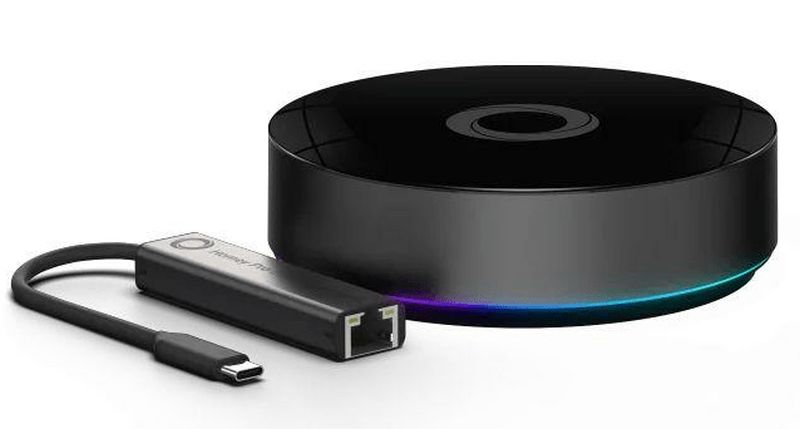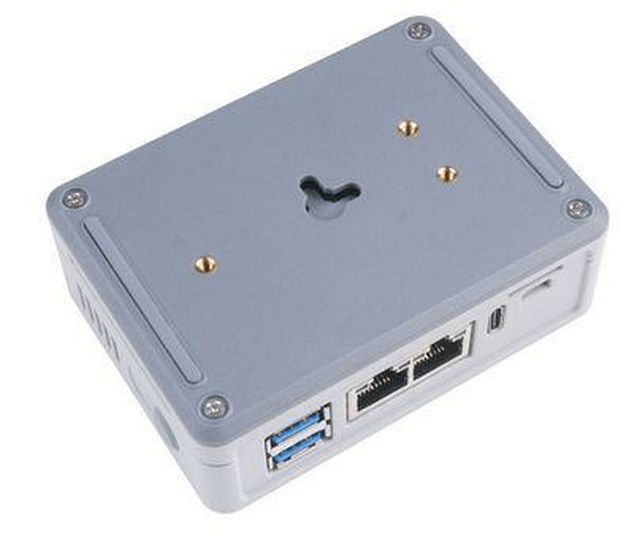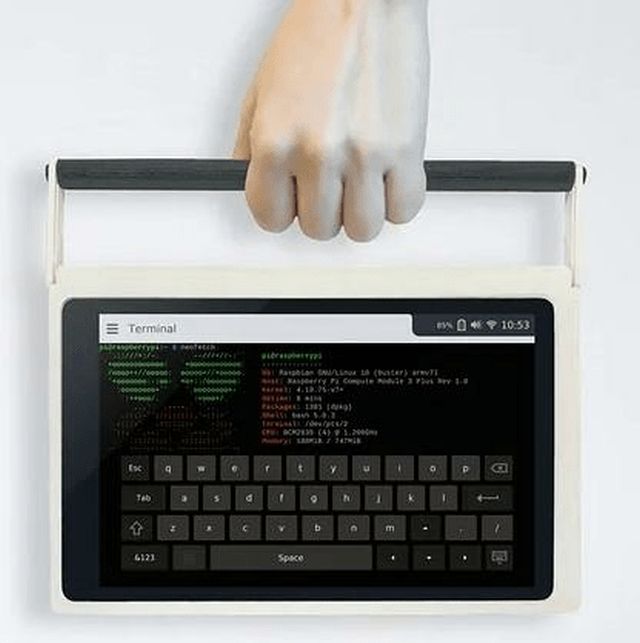5 Successful Products Powered by a Raspberry Pi Compute Module
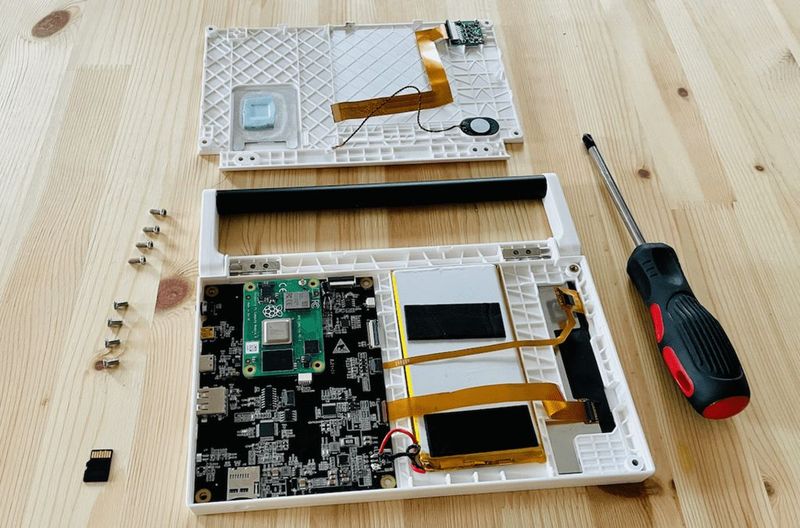
The Raspberry Pi was never designed to be embedded into new products, and the original goal was only to be educational.
A normal Raspberry Pi is not generally a good choice for use in mass produced products due to its large size, high cost, product integration limitations, and unreliable supply.
Luckily, there is a solution to these limitations called a Raspberry Pi Compute Module.
The Compute module was designed specifically for embedded use in commercial products.
A Compute Module is nearly identical to a standard Raspberry Pi in terms of performance and features.
But they are a lot smaller, have a lower cost, and are more consistently available at higher manufacturing quantities.
The biggest problem over the past few years has been finding Raspberry Pi’s in stock anywhere due to post-pandemic supply chain issues.
It’s been almost impossible to purchase even one, let alone trying to buy them in quantity.
Raspberry Pi supplies have improved a lot, and you can find out where to buy them using RPpilocator.
During the shortage, however, many makers with small-volume production moved on, and are still using alternative solutions such as the Banana Pi Compute Module.
Let’s now take a look at 5 successful products that use a Raspberry Pi Compute Module.
Homey Pro
The Homey Pro offers a dependable way to manage and regulate a range of smart home devices.
It’s a smart home hub with robust hardware, cutting-edge functionality, and wide device compatibility.
The Raspberry Pi Compute Module provides the processing power to operate the Homey Pro software and control the connected devices.
Lots of networking choices are available with the Homey Pro, one of which is wired Ethernet connectivity via the Homey Pro Ethernet Adapter.
This guarantees a dependable and steady connection by enabling users to connect their Homey Pro hub straight to their home network.
Wireless coverage for the entire house can be added to the Homey Pro by using the Homey Bridge.
The Homey Bridge extends the functionality and coverage of the smart home network by serving as a repeater for 433 MHz,infrared, Z-Wave, and Zigbee devices.
Users can operate numerous devices from a single hub because of its compatibility for LAN-only tools like Google Chromecast.
reRouter CM4 1432
SeeedStudio’s reRouter CM4 1432 is a compact router powered by a Raspberry Pi Compute Module 4, which has 32GB eMMC and 4GB RAM.
The PC/ABS casing of the reRouter CM4 1432 features an aluminum alloy top with a sizable heat sink to help cool the CM4 under heavy loads.
The router is very small, with dimensions of 75 x 64 x 21 mm.
It offers USB 3.0, a Micro-SD card slot, a micro-HDMI interface, dual Gigabit Ethernet ports, MIPI CSI, MIPI DSI, and more.
This enables customers to link more devices and increase the tiny router’s capability to suit their needs.
Seeed’s proprietary OpenWRT firmware, an open-source Linux operating system made specifically for embedded devices and routers, is pre-installed on the reRouter CM4 1432.
With its fully editable file system and package management system, customers can tailor the functionality of the router to suit their own requirements.
CutiePi Tablet
Take your technology on the go with the CutiePi Tablet, a portable device that runs on the Raspberry Pi 4 Compute Module.
The CutiePi Tablet offers an effective yet portable way to work on Raspberry Pi projects, regardless of whether you’re a hobbyist or a professional developer.
The product’s success was jump started by a 2020 Kickstarter campaign where they raised over three times the amount of the initial funding goal.
It has an 8-inch IPS LCD multitouch screen with 1280 x 800 pixel resolution and a 5000 mAh battery.
It includes the CutiePi shell, an open-source, Qt framework-powered, mobile user interface that converts Raspberry Pi OS into a tablet user interface while preserving compatibility.
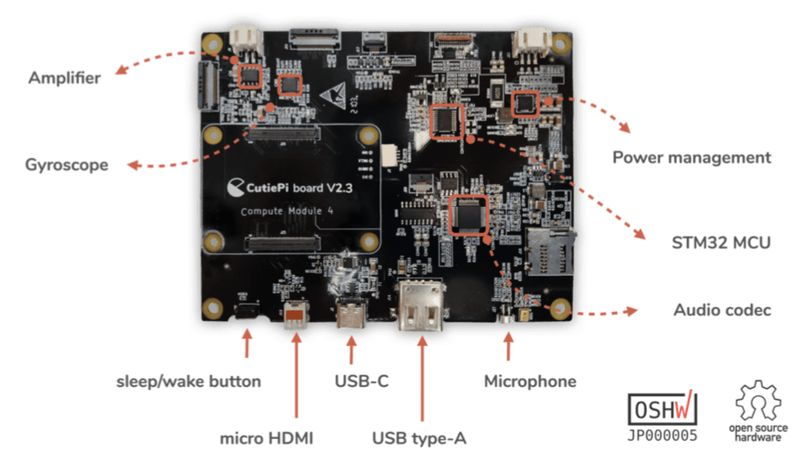
Most fundamental operations are covered by the CutiePi shell, such as logging into the web, connecting to a WiFi hotspot, and entering commands in the terminal.
This makes it simple for customers to load their current Pi projects onto the CutiePi Tablet and to begin using them immediately.
The CutiePi board is a custom designed carrier board that’s compatible with the Raspberry Pi Compute Module 4.
It’s also open-source hardware with OSHWA certification and is designed for portability.
The BCM2711 quad-core Cortex-A72 (ARM v8) 64-bit SoC CPU, clocked at 1.5 GHz1, powers the CutiePi board.
In addition, it has Bluetooth 5.0, dual-band WLAN, USB ports, a microSD card, micro HDMI, and a rear-facing camera.
Because it’s open-source, users can add to and modify its features to suit their own needs.
Jukebox Bowl-O-Rama
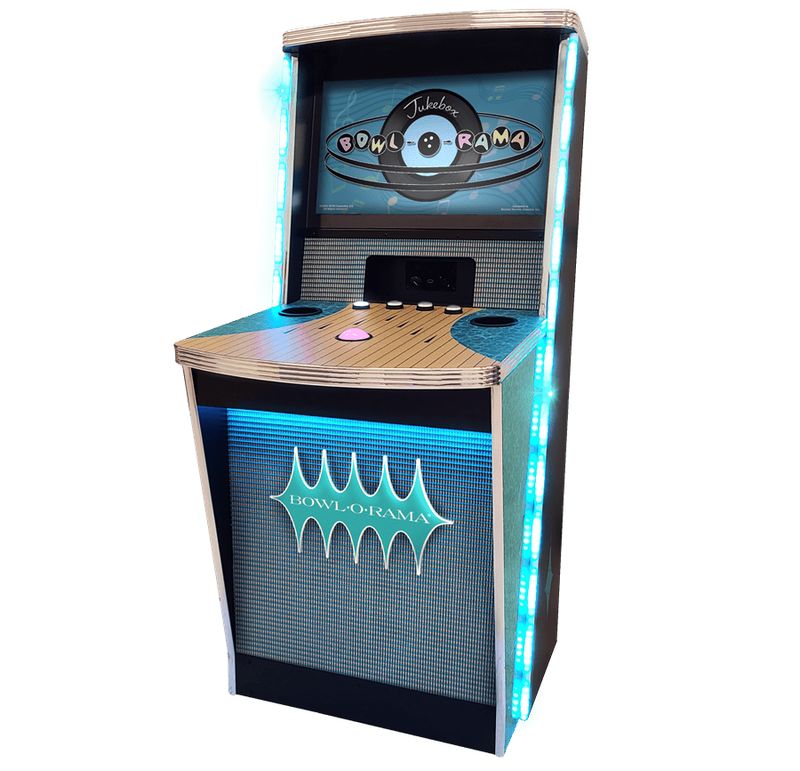
The Jukebox O Rama was designed by the company Bandai Namco to recreate the nostalgic experience of the Bowl-O-Rama board game that was popular many decades ago.
Although, honestly, I’ve never heard of the board game before:)
Retro meets Raspberry Pi to create a modern, in-home musical gaming experience.
The Raspberry Pi module 4 runs the jukebox software and controls all the games.
With a Raspberry Pi module at its core, it provides an adaptable platform that turns a jukebox into an interactive experience.
A variety of games are available to play on the Jukebox Bowl O Rama, including Trick Shot Bowl, Flash-O-Matic, Ten Pin Poker, Regulation Ten Pin Bowling, and 21 Slow-Motion Instant Replays.
The jukebox also acts as an in-home speaker system since it connects to any Bluetooth-enabled device for streaming your own music or playlists to the four built-in stereo speakers.
You can even sing along to your favorite songs using the jukebox’s wireless microphone.
Exo Sense Pi by Sfera Labs
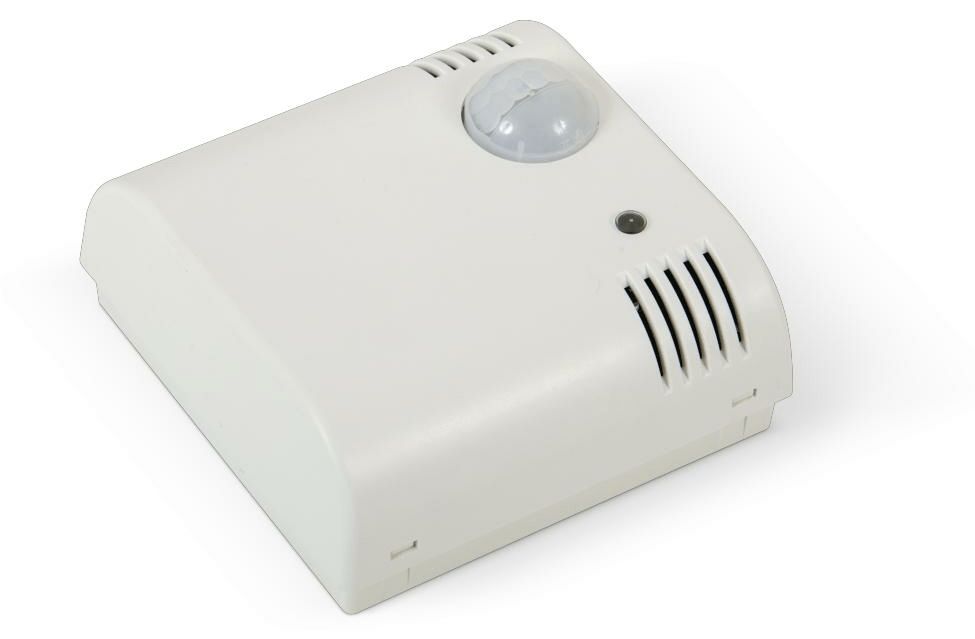
Powered by the Raspberry Pi Compute Module 4, the Exo Sense Pi offers customers a dependable and effective way to collect data and monitor their environment.
It’s a multi-sensor module with a variety of connectivity choices, and was designed for use in both home and business settings for tasks like data collection, environmental monitoring, and BLE location.
It can track individuals and assets inside buildings, for example, and manage access to rooms using voice control.
It has sensors for temperature, humidity, air quality (VOC), light intensity, sound intensity, and motion. It even has an optional sensor for earthquake detection.
Do you know of any other products powered by Raspberry Pi? If so, please share them in the comments below, and I may include them in a future article.
You may enjoy this article next:
– 5 Successful Products that Began as Arduino Prototypes
– 5 Successful Products Powered by an ESP32 Wireless Microcontroller
– 5 Successful Hardware Startups That Were Bootstrapped
This article was written by Jessica Teel.


